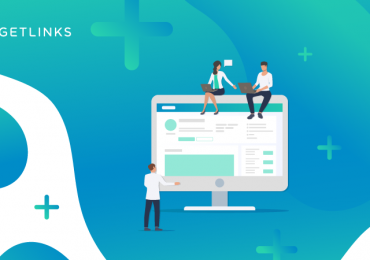How Telemedicine Drive Employee Engagement and Productivity

Post covid-19, new challenges arose for HR professionals. Aside from the regular talent development and HR administration challenges, HR professionals need to place more emphasis on taking care of employees’ healthcare and wellness.
Inefficient new covid-19 related processes
During covid-19, new HR processes were being put in place including:
- Daily covid-19 risks screening and check-ins
- Incident handling of positive covid-19 cases
- Regular updates on high risks covid-19 zones etc.
- Quarantine procedures of a suspected case, and regular check-ins
These new processes are often not automated, and are extremely difficult to implement.
Remote work conditions and challenges of engaging employees
While working remotely, it can be more difficult to collaborate on ambiguous problems than working face-to-face. No longer are HR professionals able to organize social gatherings and induce out-of-work interactions within the team. Keeping remote workers engaged is evolving into a challenge that requires a lot of creative solutions from HR professionals.
General growing concerns and awareness of health and wellness for employees with additional focus on mental health
Burnout syndrome is one of the adverse byproducts of WFH. Around 69% of employees are experiencing burnout symptoms while working from home. Employees are also consciously looking for means to keep that sanity of mind and keep themselves in the pink of health. Employees’ wellness has since become one of the top priorities of HR teams.
Consumers are beginning to embrace Telemedicine as a way to consumer healthcare
Also with covid-19, due to restrictions and the ability to physically see a doctor, telehealth trends have been catching up, and quickly going mainstream. COVID-19 has caused a massive acceleration in the use of telehealth. Consumer adoption has skyrocketed, from 11 percent of US consumers using telehealth in 2019 to 46 percent of consumers now using telehealth to replace canceled healthcare visits.
 Source: mckinsey.com
Source: mckinsey.com
Traditional Health insurance focus on sick care, but not wellness and maintenance
Most HR have health insurance, where employees who are sick, can visit an offline healthcare facility, and seek reimbursements. However, this does not serve the needs of employees who are not sick but want to enhance their health conditions. For example, employees looking for advice to have a healthier diet plan cannot utilize their health insurance benefits. This arrangement does not incentivize employees to be healthy and well; as it does not cover preventive care.
Post covid-19, with so much adverse health news all over the media, general awareness of health has also increased, and employees want more than just what insurance can cover. This is especially applied to mental wellness, where long hours working from home, has accelerated the attention on this model health challenge. HR professionals need to start thinking about how their benefits structure can solve this new need, and truly make promoting health and wellness in the workplace a priority.
Why telemedicine can be a likely solution for HR
- More affordable costing model: companies like GDT, offers as low as 1,000 baht for yearly subscription packages/ employees for unlimited consultation on both sick care and wellness related consultation with doctors
- Convenient Access: PAGD, the top online healthcare solution platform in China, provides easy access over the model phone to specialist doctors and famous doctors from across the nation/ or even beyond, through the model application.
- Stronger Engagement: Singapore Health Promotion Board partnered with Apple, to create an application called LumiHealth, to encourage users to have good lifestyle habits in exchange for points and discount vouchers.
- Lifestyle coaching: Virta Health’s proposition is to help users take on a healthier lifestyle through expert coaching from medical professionals. These global use cases have already become mainstream in their respective markets, and serve as a good reference for the Thailand market and HR professionals to replicate. HR challenges are rapidly evolving, and technology often offers a surprisingly effective avenue for us to respond to new challenges.
The article is contributed by Dr. Sudhichai Chokekijchai, a specialist medical professional with more than 30 years of experience in various Healthcare organizations. His experiences include being the CEO of Thonburi Hospital, and Associate Medical Director for Bumrungrad. Currently, he is pursuing his passion in leveraging technology to better the delivery of medicine in Thailand, as the Head of Medical in Good Doctor Technology Thailand. Please feel free to reach out to him at GDTTH Inquiry <[email protected]>

